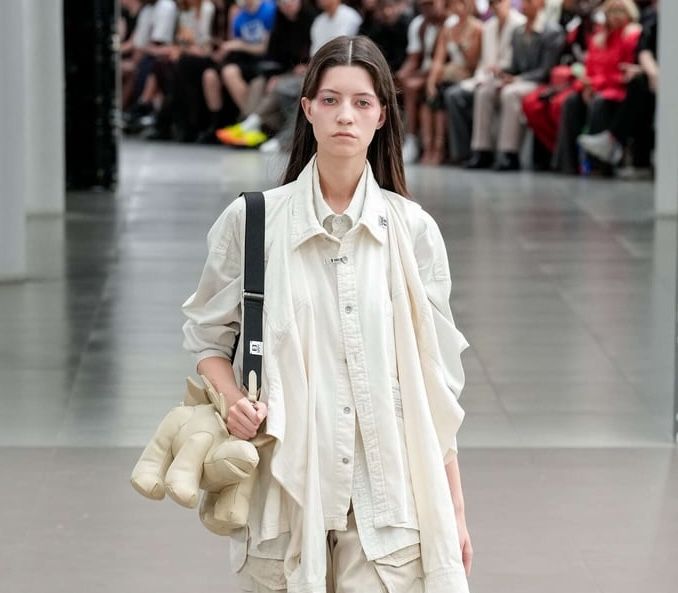An Abstract Approach to Ordinary People
Understated, overdone, awe-inspiring, yawn-inducing, influential, underwhelming. Ugh — Can we just breathe?
Design weeks can feel on the cusp of collapse under the weight of conceptual ambition and maniacal execution, but Maison Mihara Yasuhiro’s Spring/Summer 2026 show, 'Ordinary People,' takes a step back and capitalizes on others' fear of conformity. He navigates us through assertive streetwear, symptomatic of the typical rebellious teenager, and contrarily mature accents of adult-like attire. Like many of his collections, it is laced with subtle irony and unmistakable originality. Responsible for the soundtrack of the show was a solo percussionist whose primary source of sound came from pens. Perhaps this uncommon approach to auditory ambience was a subtle ode to his former infatuation with rave culture and short-lived experience as a drummer in his younger years, or maybe it was just for fun.
The energetic atmosphere was underscored by the noteworthy patrons, many of whom house strong artistic influence within their respective fields: Rich the Kid (American rapper), Tana (American rapper), Trey Murphy III (American basketball forward), Terry Rozier (American basketball point-guard), Josh Okgie (Nigerian-American basketball shooting guard), Nigel Xavier (fashion designer), CKay (Nigerian singer songwriter), Danny Ocean (Venezuelan singer songwriter), Yvnnis (Parisian rapper and songwriter), Johnny VenusDelphin Musquet (youTuber), Diego Duarte, and Dad Ink (influencers) — and several others.
His trademark pieces, including grunge cardigans, MA-1 bombers, and military-esque cargos, were obvious concentrations throughout the collection, staying true to his history of deconstruction and playful discourse. However, he stepped into a more adventurous light this season as he experimented with more tailored aesthetics. Renowned for his nods at childhood and personal experiences as a younger sibling, he accessorized models with dinosaur-shaped shoulder bags and various animal-inspired keychains — reflecting a childlike whimsicality and innocence. Within one look, even showcasing the base of a typical stiletto having been replaced with an onyx-black duck.
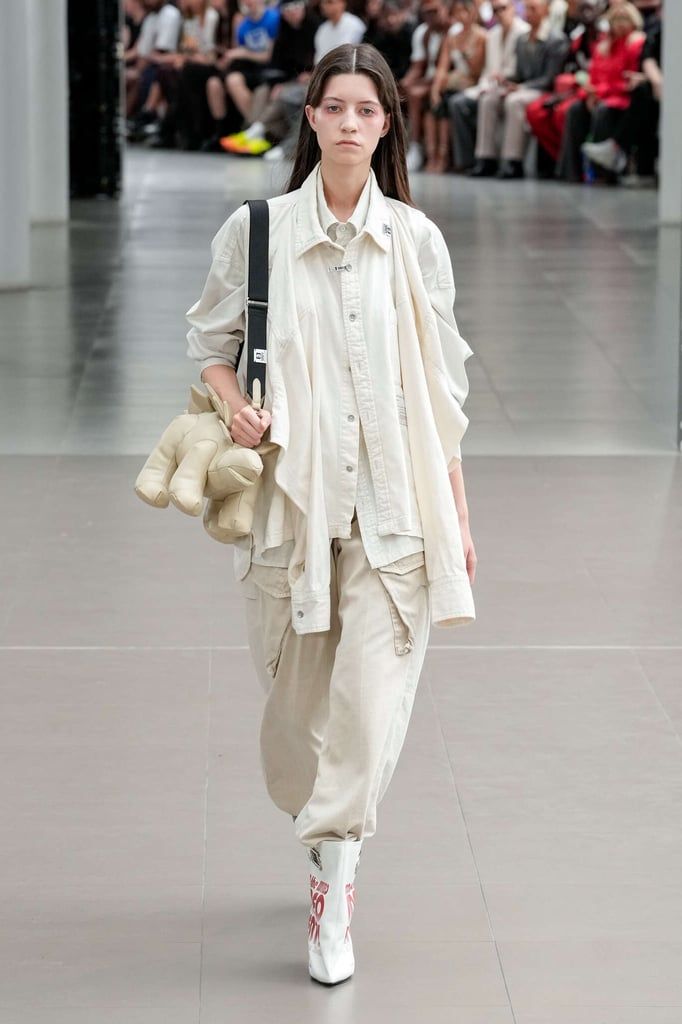
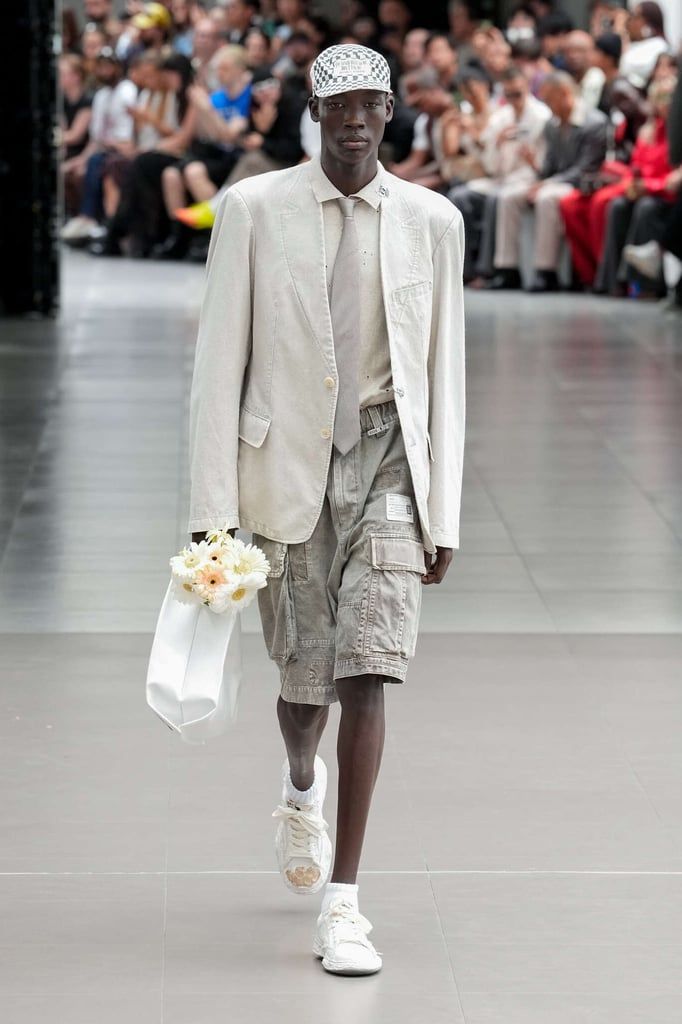
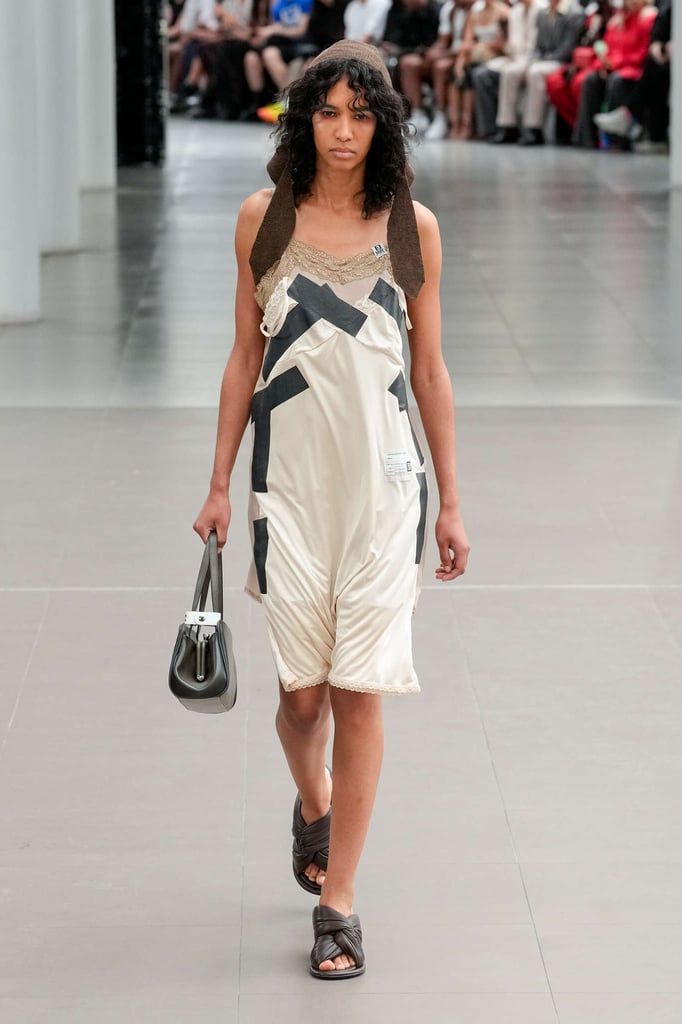
Models stormed the runway in distorted garments as if an “ordinary” item had been taken apart, tactically transposed, then reassembled into alternative thought-provoking pieces. Even Mihara Yasuhiro himself was represented by simply using his birth name, Yasuhiro Mihara, to reflect the origin of his "deconstruct-to-reconstruct" approach. I mean—a jacket is just a jacket… or a shirt… or maybe both? One head-to-toe denim-on-denim-on-denim look encapsulated chaos. The triple-layered illusion of the top complemented the simplicity of an inside-out style bottom while exposed pockets aided in differentiating otherwise monochromatic appearance—clearly recasting established codes into utter chaos.
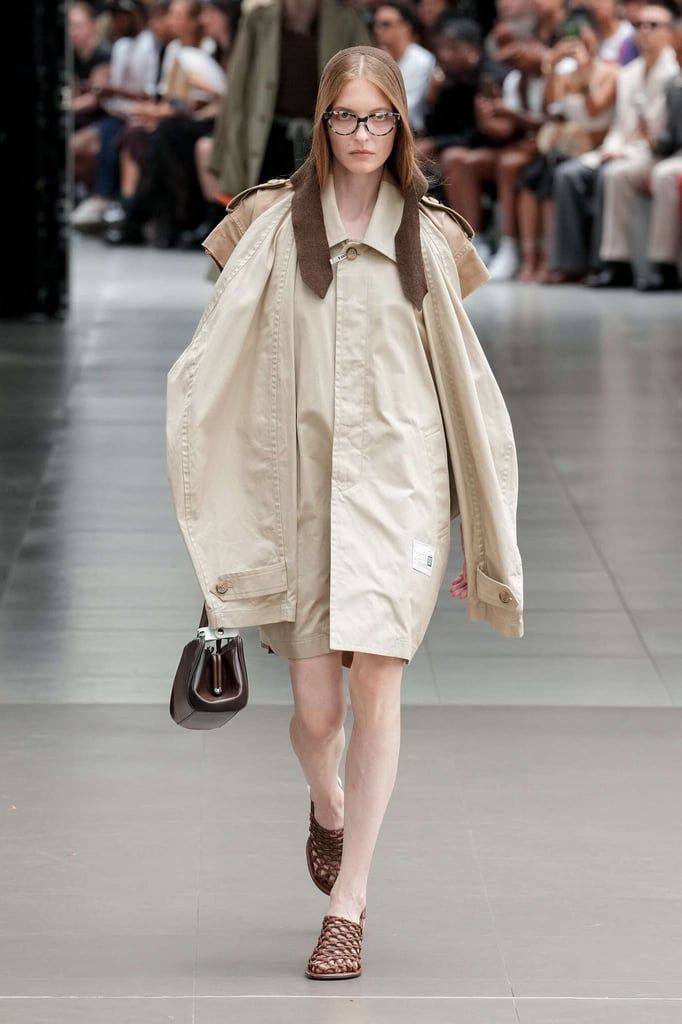
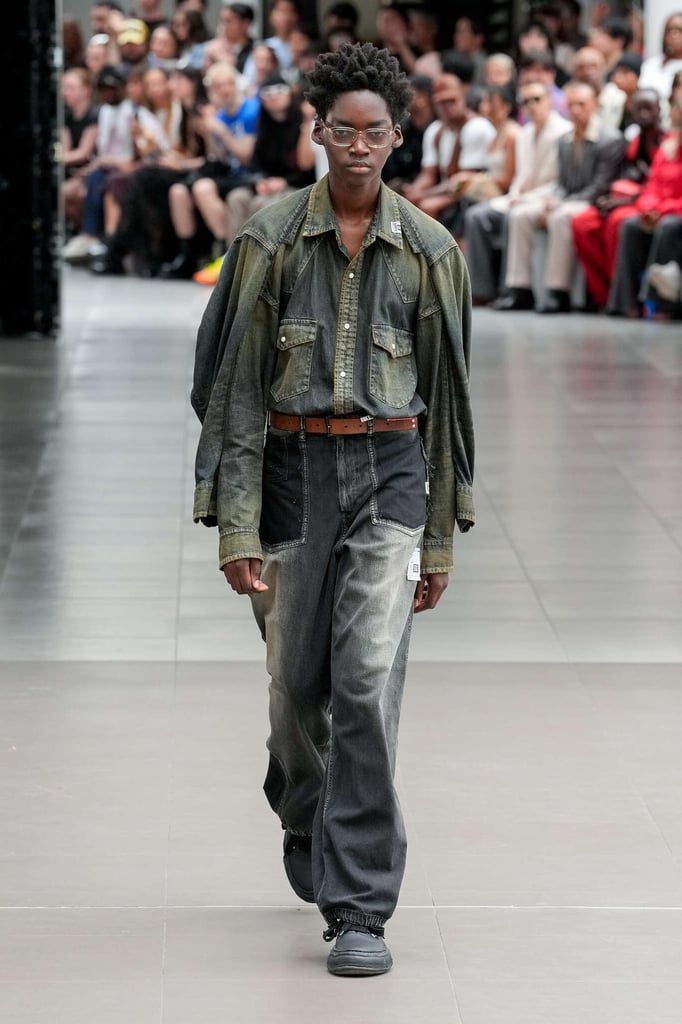
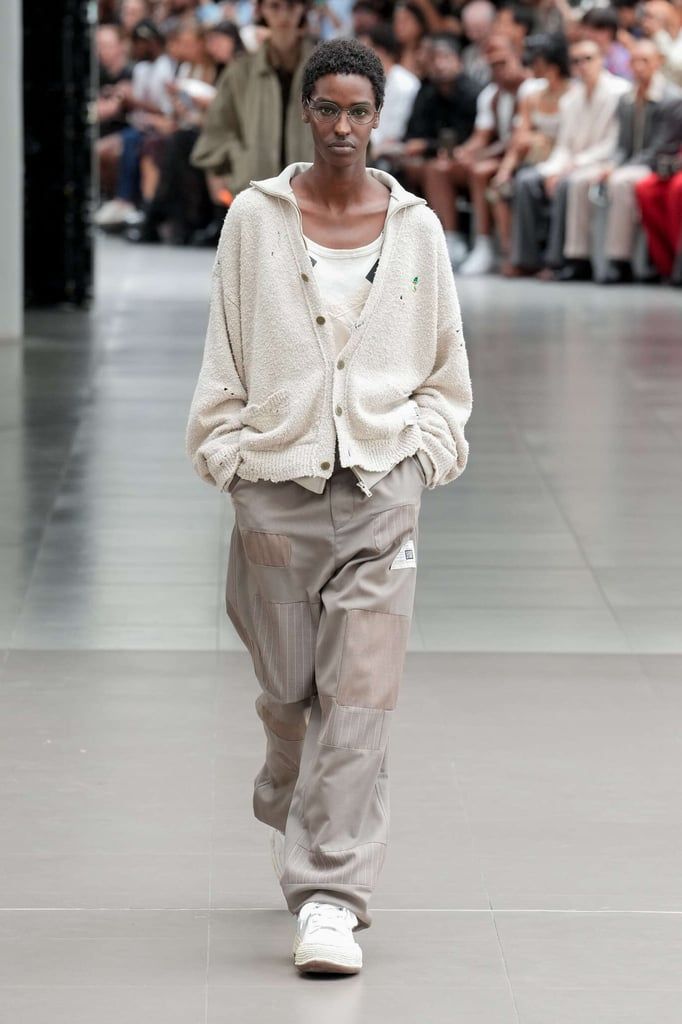
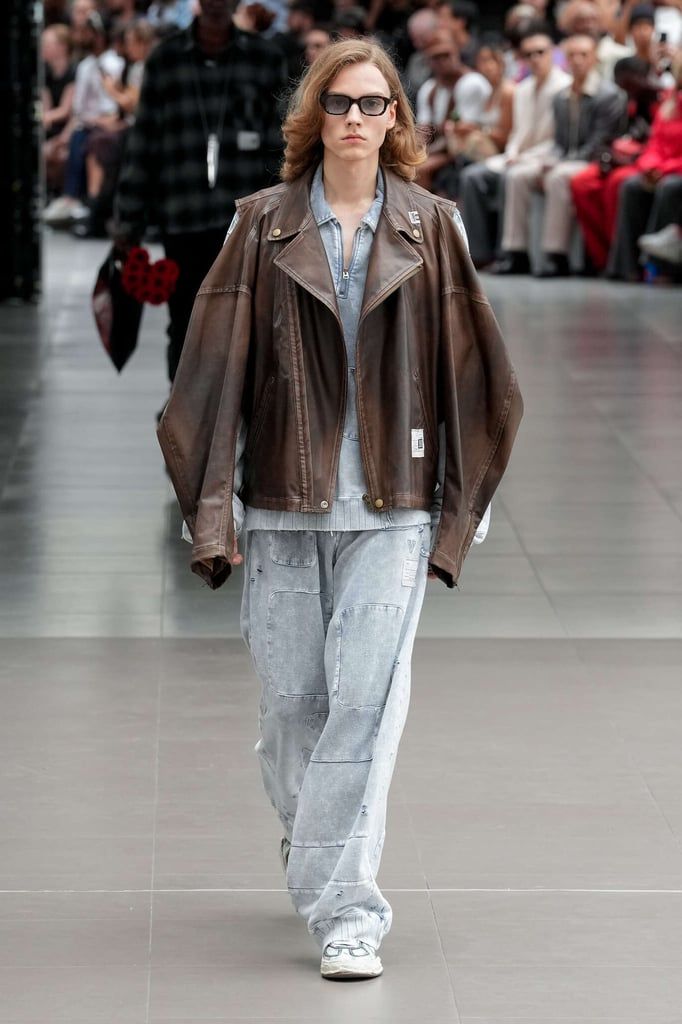
Although having previously stated relative indifference toward the future of fashion, Yahuhiro's introspective work paradoxically appears progressive and refreshingly raw. Whether you appreciate the physical appeal of each Mihara design or not, his aversion to authenticity in today’s society cannot be understated. The collection offered a total of 57 looks as answers to this paradoxical question: How do we come to terms with our intrinsic childlike wonder and its progression into ordinary, prosaic adulthood? As everyone fights to be unconventional at what point does it become identical? Moreover, does our desire to outperform others in self-expression actually paralyze our ability?
